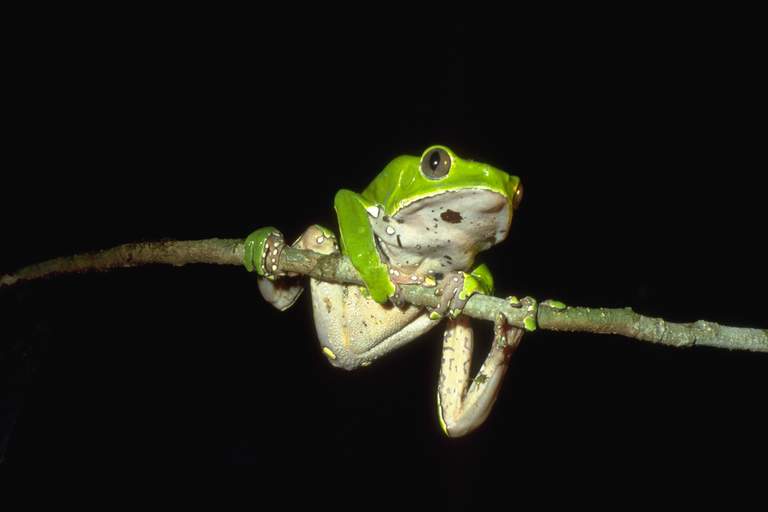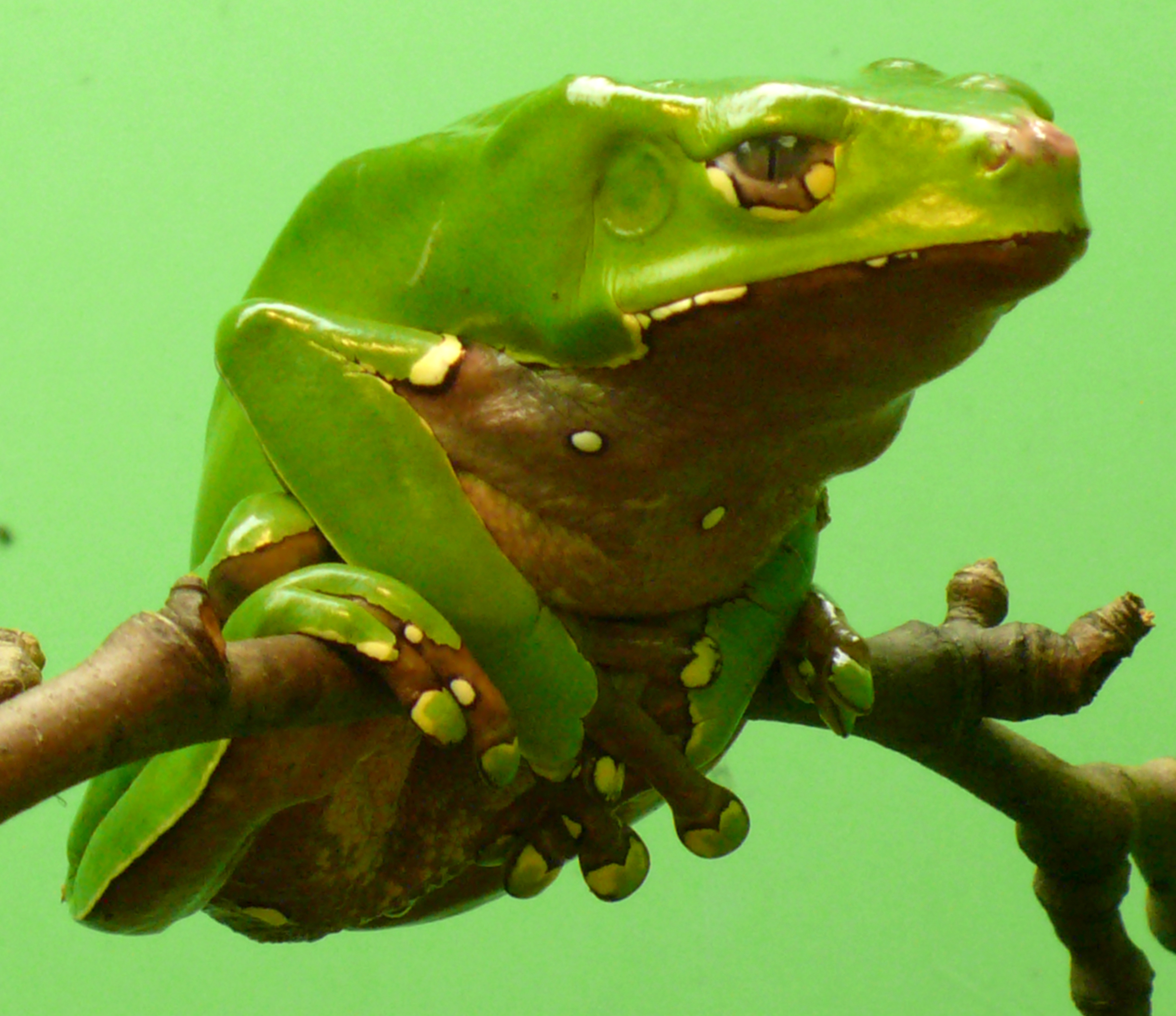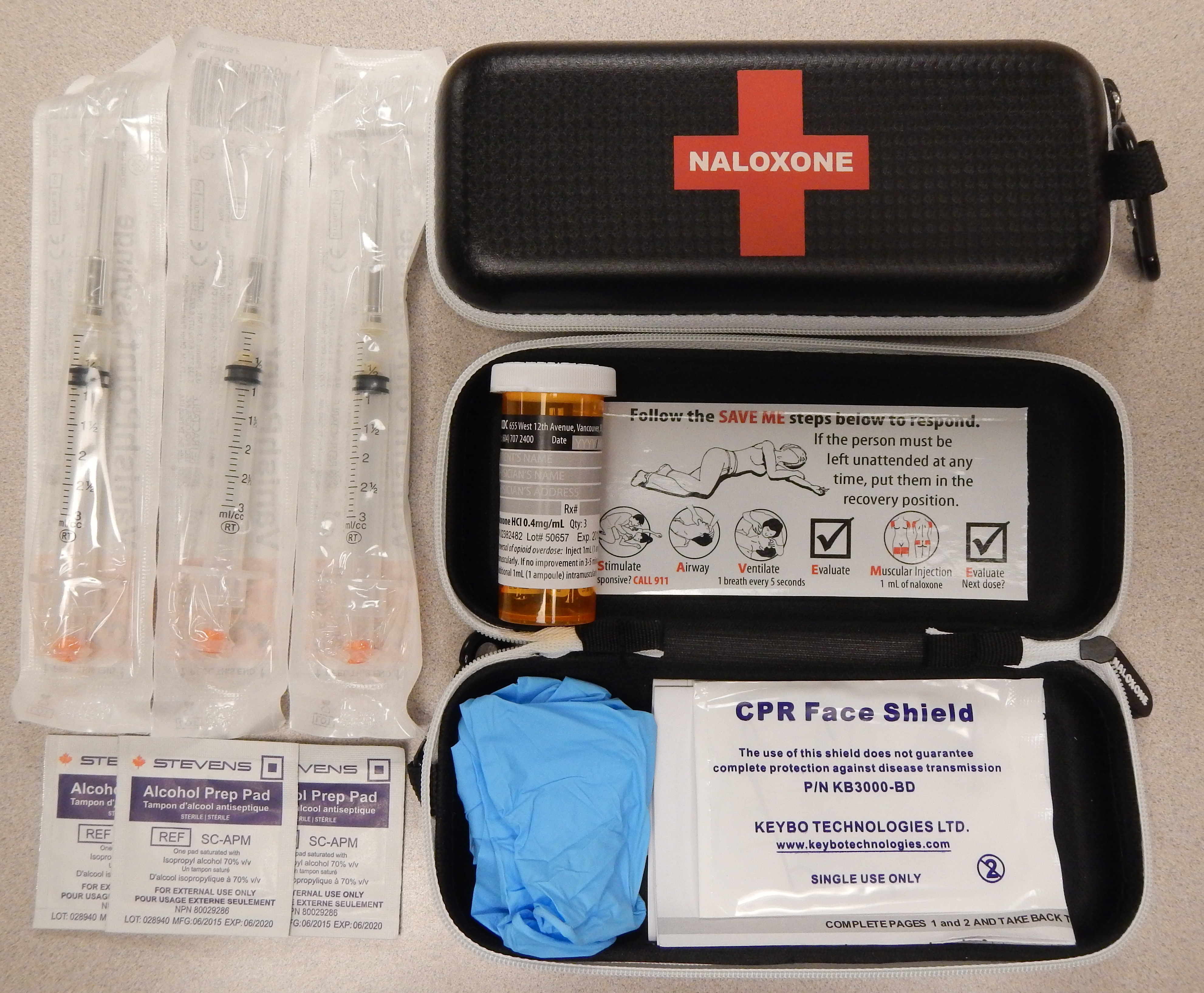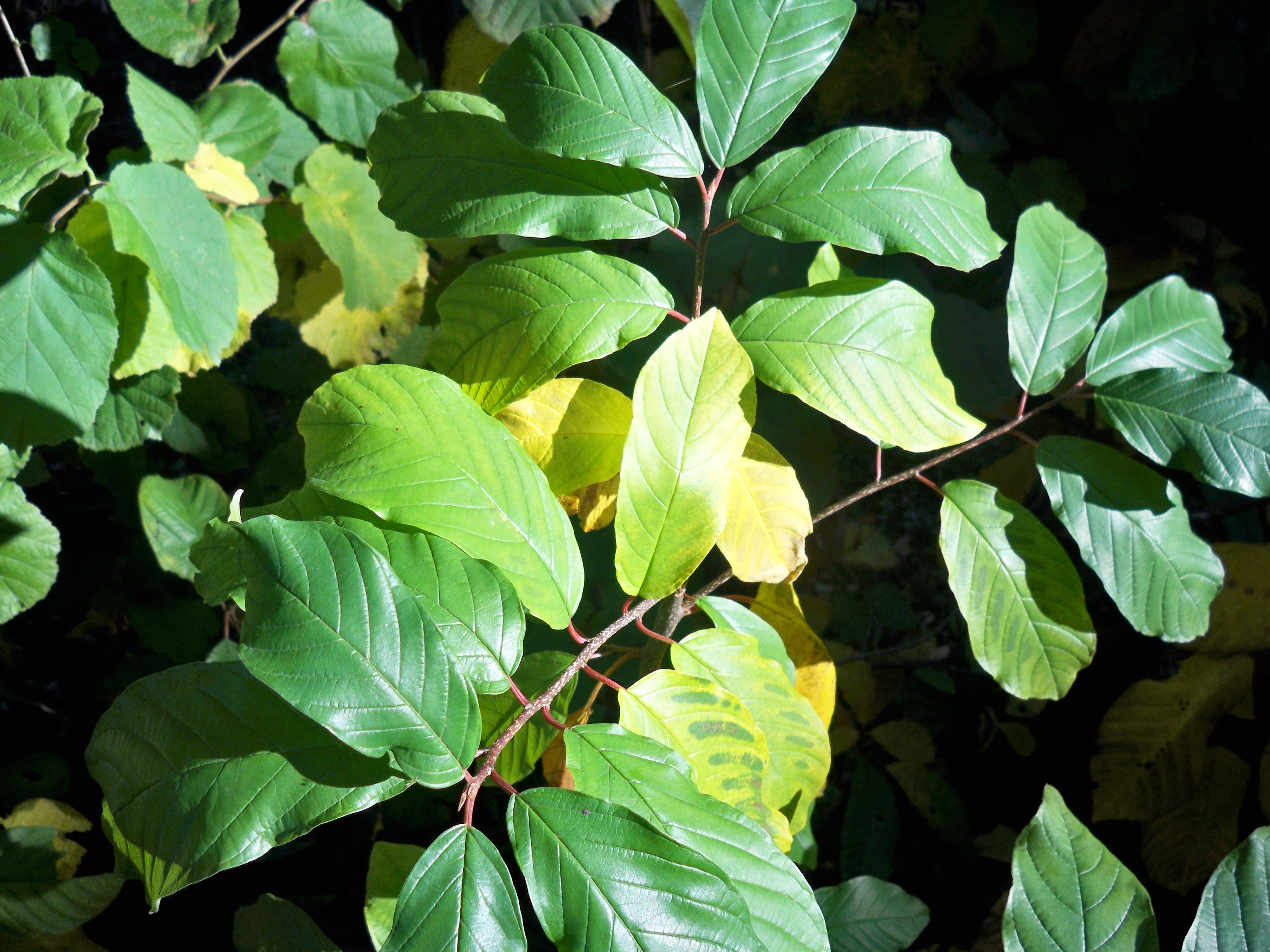|
Kambo
Kambo, also known as sapo (from ) or vacina-do-sapo, is substance derived from the natural secretions of an amphibian belonging to the Phyllomedusa family. Commonly the dried skin secretions of the giant leaf frog, known as the ''kambô'' in Portuguese, a species of frog, are used for ritualistic purposes with a strong religious and spiritual components. Less commonly it is used as a transdermal medicine, however, evidence for its effectiveness is limited. Kambo is usually used in a group setting, called a kambo circle or kambo ceremony. The effects on humans usually include tachycardia, nausea, vomiting, and diarrhea. A meta-review of 50 studies in which 11 cases of acute intoxication were examined found that extreme cases have included psychosis (occasionally severe), SIADH, kidney damage (including acute renal failure), pancreas damage, liver damage including toxic hepatitis, dermatomyositis, esophageal rupture, and seizures, in some cases leading to death, although such ... [...More Info...] [...Related Items...] OR: [Wikipedia] [Google] [Baidu] |
Phyllomedusa Bicolor
''Phyllomedusa bicolor'', the giant leaf frog, bicolor tree-frog, giant monkey frog, or waxy-monkey treefrog, is a species of leaf frog. It can be found in the Amazon basin of Brazil, Colombia ( Amazonas), Bolivia, and Peru, and can also be found in the Guianan Region of Venezuela and the Guianas, and in Cerrado of the state of Maranhão in Brazil. Description Males measure and females in snout–vent length. The dorsum is lime green whereas the belly is white to yellow-white or cream. Lower lips, chest and front legs bear sparse white spots with dark frames; these are more dense on the flanks and hind legs. Fingers are transparent brown and have large, green adhesive discs. There is a prominent gland extending from behind each eye over the tympanum. The iris is dark gray. Distribution and habitat It is found throughout the Amazon Rainforest in Bolivia, the Guianas, Brazil, Colombia, Venezuela, and Peru. This frog has been found in gallery forest. Ecology and behavi ... [...More Info...] [...Related Items...] OR: [Wikipedia] [Google] [Baidu] |
Amphibian
Amphibians are ectothermic, anamniote, anamniotic, tetrapod, four-limbed vertebrate animals that constitute the class (biology), class Amphibia. In its broadest sense, it is a paraphyletic group encompassing all Tetrapod, tetrapods, but excluding the amniotes (tetrapods with an amniotic membrane, such as modern reptiles, birds and mammals). All extant taxon, extant (living) amphibians belong to the monophyletic subclass (biology), subclass Lissamphibia, with three living order (biology), orders: Anura (frogs and toads), Urodela (salamanders), and Gymnophiona (caecilians). Evolved to be mostly semiaquatic, amphibians have adapted to inhabit a wide variety of habitats, with most species living in freshwater ecosystem, freshwater, wetland or terrestrial ecosystems (such as riparian woodland, fossorial and even arboreal habitats). Their biological life cycle, life cycle typically starts out as aquatic animal, aquatic larvae with gills known as tadpoles, but some species have devel ... [...More Info...] [...Related Items...] OR: [Wikipedia] [Google] [Baidu] |
Complementary Medicine
Alternative medicine refers to practices that aim to achieve the healing effects of conventional medicine, but that typically lack biological plausibility, testability, repeatability, or supporting evidence of effectiveness. Such practices are generally not part of evidence-based medicine. Unlike modern medicine, which employs the scientific method to test plausible therapies by way of responsible and ethical clinical trials, producing repeatable evidence of either effect or of no effect, alternative therapies reside outside of mainstream medicine and do not originate from using the scientific method, but instead rely on testimonials, anecdotes, religion, tradition, superstition, belief in supernatural " energies", pseudoscience, errors in reasoning, propaganda, fraud, or other unscientific sources. Frequently used terms for relevant practices are New Age medicine, pseudo-medicine, unorthodox medicine, holistic medicine, fringe medicine, and unconventional medicine, with litt ... [...More Info...] [...Related Items...] OR: [Wikipedia] [Google] [Baidu] |
Orinoco
The Orinoco () is one of the longest rivers in South America at . Its drainage basin, sometimes known as the Orinoquia, covers approximately 1 million km2, with 65% of it in Venezuela and 35% in Colombia. It is the List of rivers by discharge, fourth largest river in the world by Discharge (hydrology), discharge volume of water (39,000 m3/s at Orinoco Delta, delta) due to the high precipitation throughout its catchment area (ca 2,300 mm/a). The Orinoco River and its tributaries are the major transportation system for eastern and interior Venezuela and the Llanos of Colombia. The environment and wildlife in the Orinoco's basin are extremely diverse. Etymology The river's name is derived from the Warao language, Warao term for "a place to paddle", itself derived from the terms ''güiri'' (paddle) and ''noko'' (place) i.e. a navigable place. History The mouth of the Orinoco River at the Atlantic Ocean was documented by Christopher Columbus on 1 August 1498, during his Christo ... [...More Info...] [...Related Items...] OR: [Wikipedia] [Google] [Baidu] |
Amazon Rainforest
The Amazon rainforest, also called the Amazon jungle or Amazonia, is a Tropical and subtropical moist broadleaf forests, moist broadleaf tropical rainforest in the Amazon biome that covers most of the Amazon basin of South America. This basin encompasses , of which are covered by the rainforest. This region includes territory belonging to nine nations and 3,344 Indigenous territory (Brazil), indigenous territories. The majority of the forest, 60%, is in Amazônia Legal, Brazil, followed by Peruvian Amazonia, Peru with 13%, Amazon natural region, Colombia with 10%, and with minor amounts in Bolivia, Ecuador, French Guiana, Guyana, Suriname, and Venezuela. Four nations have "Amazonas (other), Amazonas" as the name of one of their first-level administrative regions, and France uses the name "Guiana Amazonian Park" for French Guiana's protected rainforest area. The Amazon represents over half of the total area of remaining rainforests on Earth, and comprises the largest a ... [...More Info...] [...Related Items...] OR: [Wikipedia] [Google] [Baidu] |
Brazilian Portuguese
Brazilian Portuguese (; ; also known as pt-BR) is the set of Variety (linguistics), varieties of Portuguese language native to Brazil. It is spoken by almost all of the 203 million inhabitants of Brazil and widely across the Brazilian diaspora, today consisting of about two million Brazilians who have emigrated to other countries. With a population of over 203 million, Brazil is by far the world's largest List of Portuguese speaking countries, Portuguese-speaking nation and the only one in the Americas where Portuguese, of which Brazilian Portuguese is a variety, is the official language under Article 13 of the Constitution. The Academia Brasileira de Letras (ABL) plays a significant cultural role in its development but has no legal regulatory authority over the language, which is shaped primarily by usage and educational norms in Brazil. Brazilian Portuguese differs notably from European Portuguese in phonetics, vocabulary, and grammar, though it remains a variety of Portuguese ... [...More Info...] [...Related Items...] OR: [Wikipedia] [Google] [Baidu] |
Kanamarí Language
Kanamarí, or Katukina-Kanamari, is a Katukinan language spoken by about 650 individuals in Amazonas, Brazil. It is considered endangered. The two principal varieties, Kanamari (Canamarí) and Katukina (Catuquina), are mutually intelligible, and have both been confused with neighboring languages with the same or similar names.Harald Hammarström (2013) ''Review of the Ethnologue, 16th Ed.'' Synonyms and dialect names include ''Tshom-djapa, Tsohon-djapa, Wiri-dyapá, Pidá-dyapá, Kutiá-dyapá (Kadiu-diapa, Cutiadapa), Tucun-diapa, Bendiapa, Parawa.'' Etymology The term ''Katukina'' is derived from the Proto- Purus term *ka-tukanɨ, meaning 'speaker of an indigenous language'. As a result, it is used to refer to a few different unrelated languages belonging to separate language families, including Panoan and Arawakan: * Katukina (Arawakan) * Katukína (Panoan) * Catuquinarú (unclassified) Phonology Consonants An alveolar lateral consonant /l/ may be realized as a r ... [...More Info...] [...Related Items...] OR: [Wikipedia] [Google] [Baidu] |
Phyllomedusa Bicolor01a
''Phyllomedusa'' is a genus of tree frogs in the subfamily Phyllomedusinae found in tropical and subtropical South America (south to northern Argentina) and Panama. It has 16 recognised species. Taxonomy The following species are recognised in the genus ''Phyllomedusa'': * ''Phyllomedusa bahiana'' * ''Phyllomedusa bicolor'' - giant leaf frog * ''Phyllomedusa boliviana'' * ''Phyllomedusa burmeisteri'' - Burmeister's leaf frog * '' Phyllomedusa camba'' * ''Phyllomedusa chaparroi'' * '' Phyllomedusa coelestis'' * ''Phyllomedusa distincta'' * '' Phyllomedusa iheringii'' * '' Phyllomedusa neildi'' * ''Phyllomedusa sauvagii'' - waxy monkey leaf frog * '' Phyllomedusa tarsius''- tarsier leaf frog * '' Phyllomedusa tetraploidea'' * ''Phyllomedusa trinitatis'' * ''Phyllomedusa vaillantii'' - white-lined leaf frog * '' Phyllomedusa venusta'' Several other species formerly included in this genus are now placed in two other phyllomedusid genera: '' Callimedusa'' and ''Pithecopus''. Eco ... [...More Info...] [...Related Items...] OR: [Wikipedia] [Google] [Baidu] |
Naloxone
Naloxone, sold under the brand name Narcan among others, is an opioid antagonist, a medication used to reverse or reduce the effects of opioids. For example, it is used to restore breathing after an opioid overdose. Effects begin within two minutes when given intravenously, five minutes when injected into a muscle, and ten minutes as a nasal spray. Naloxone blocks the effects of opioids for 30 to 90 minutes. Administration to opioid-dependent individuals may cause symptoms of opioid withdrawal, including restlessness, agitation, nausea, vomiting, a fast heart rate, and sweating. To prevent this, small doses every few minutes can be given until the desired effect is reached. In those with previous heart disease or taking medications that negatively affect the heart, further heart problems have occurred. It appears to be safe in pregnancy, after having been given to a limited number of women. Naloxone is a non-selective and competitive opioid receptor antagonist. It revers ... [...More Info...] [...Related Items...] OR: [Wikipedia] [Google] [Baidu] |
Hypophosphatemia
Hypophosphatemia is an electrolyte disorder in which there is a low level of phosphate in the blood. Symptoms may include weakness, trouble breathing, and loss of appetite. Complications may include seizures, coma, rhabdomyolysis, or softening of the bones. Nutritional phosphate deficiency is exceedingly rare as phosphate is abundant in most types of foods and is readily passively absorbed from the gastrointestinal tract; hypophosphatemia is thus typically a result of diseases or an adverse effect of medical treatments. Causes include alcohol use disorder, refeeding in those with malnutrition, recovery from diabetic ketoacidosis, burns, hyperventilation, and certain medications. It may also occur in the setting of hyperparathyroidism, hypothyroidism, and Cushing syndrome. It is diagnosed based on a blood phosphate concentration of less than 0.81 mmol/L (2.5 mg/dL). When levels are below 0.32 mmol/L (1.0 mg/dL) it is deemed to be severe. Treatment depends on th ... [...More Info...] [...Related Items...] OR: [Wikipedia] [Google] [Baidu] |
Hypomagnesemia
Magnesium deficiency is an electrolyte disturbance in which there is a low level of magnesium in the body. Symptoms include tremor, poor coordination, muscle spasms, loss of appetite, personality changes, and nystagmus. Complications may include seizures or cardiac arrest such as from torsade de pointes. Those with low magnesium often have low potassium. Causes include low dietary intake, alcoholism, diarrhea, increased urinary loss, and poor absorption from the intestines. Some medications may also cause low magnesium, including proton pump inhibitors (PPIs) and furosemide. The diagnosis is typically based on finding low blood magnesium levels, also called hypomagnesemia. Normal magnesium levels are between 0.6 and 1.1 mmol/L (1.46–2.68 mg/dL) with levels less than 0.6 mmol/L (1.46 mg/dL) defining hypomagnesemia. Specific electrocardiogram (ECG) changes may be seen. Treatment is with magnesium either by mouth or intravenously. For those with sev ... [...More Info...] [...Related Items...] OR: [Wikipedia] [Google] [Baidu] |
Hypokalemia
Hypokalemia is a low level of potassium (K+) in the blood serum. Mild low potassium does not typically cause symptoms. Symptoms may include feeling tired, leg cramps, weakness, and constipation. Low potassium also increases the risk of an abnormal heart rhythm, which is often too slow and can cause cardiac arrest. Causes of hypokalemia include vomiting, diarrhea, medications like furosemide and steroids, dialysis, diabetes insipidus, hyperaldosteronism, hypomagnesemia, and not enough intake in the diet. Normal potassium levels in humans are between 3.5 and 5.0 mmol/L (3.5 and 5.0 mEq/L) with levels below 3.5 mmol/L defined as hypokalemia. It is classified as severe when levels are less than 2.5 mmol/L. Low levels may also be suspected based on an electrocardiogram (ECG). The opposite state is called hyperkalemia that means high level of potassium in the blood serum. The speed at which potassium should be replaced depends on whether or not there are symptom ... [...More Info...] [...Related Items...] OR: [Wikipedia] [Google] [Baidu] |







